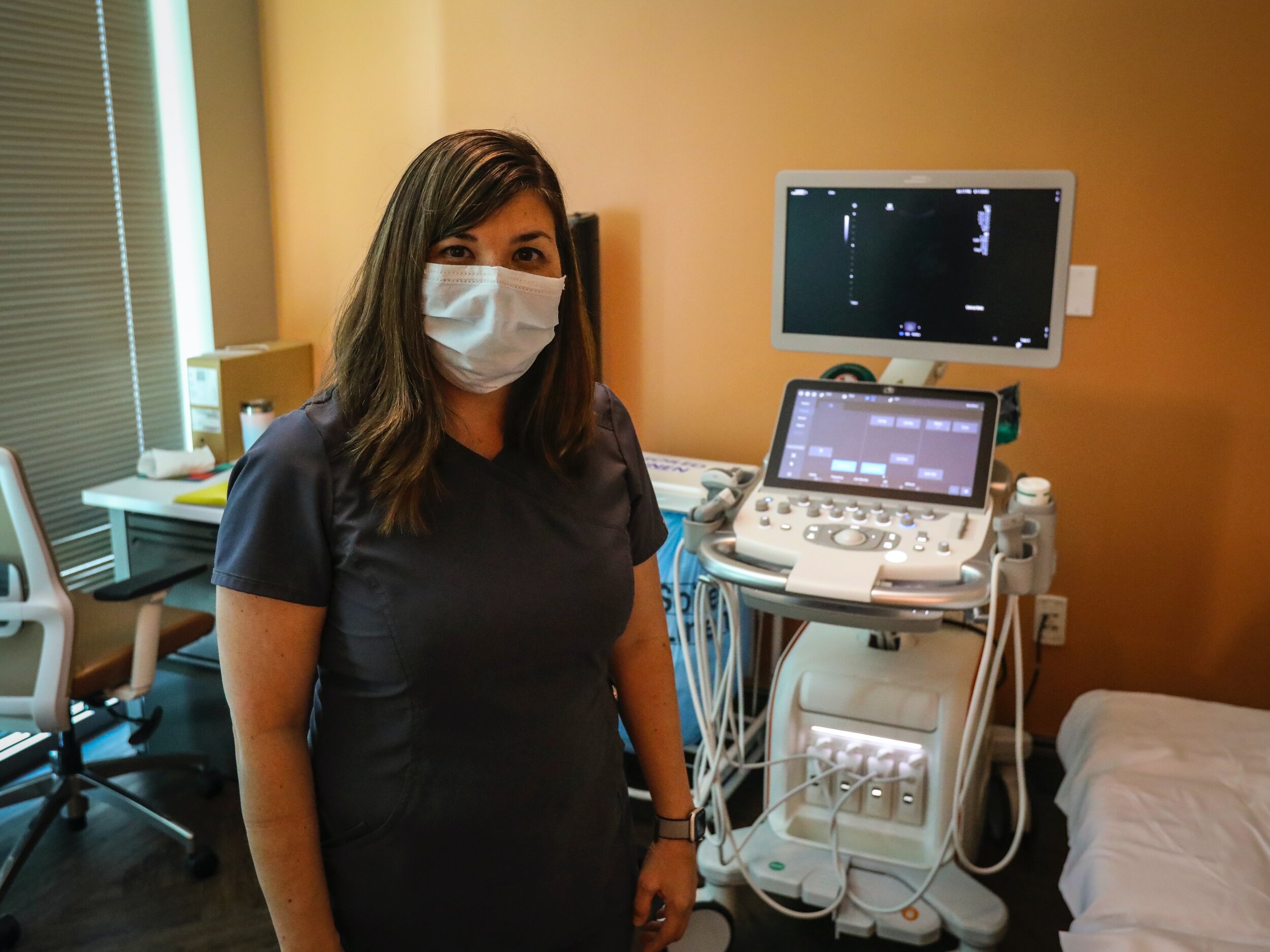6/23/2020
Photo by Mick Haupt on Unsplash
Originally released in March 2020, the Food and Drug Administration (FDA) revised their “Enforcement Policy for Non-Invasive Remote Monitoring Devices Used to Support Patient Monitoring During the Coronavirus Disease 2019 (COVID-19) Public Health Emergency” in June 2020. The guidance is applicable for the duration of the current pandemic. It is intended to further clarify how already marketed non-invasive medical devices may be used with COVID-19 patients to reduce transmission. The guidance lists examples of the appropriate types of monitoring devices. During the pandemic, the FDA will permit limited modifications of the mentioned devices to support remote monitoring of COVID-19 patients. Examples of permitted modifications include:
Modifications to indications, claims, or functionality if there is no undue risk. Examples of not creating an undue risk situation include:
Displaying, printing, or analyzing data such as vital signs
Supporting decision-making by medical staff
Allowing medical staff to review any diagnostic or treatment modifications (e.g., not an automated system)
Modifications to hardware or software that would increase remote monitoring availability or capability
Clinical decision software that supports monitoring related to COVID-19 and co-existing conditions
An interesting example of this is a device developed by MIT that can use artificial intelligence to analyze a patient’s vital signs, movement, and breathing patterns. This can assist in assessing if further intervention is necessary. These types of remote monitoring devices can ensure that COVID-19 clinical trials can collect vital data successfully while ensuring subject safety and reducing medical staff exposure.
You may be interested in our blogs on other COVID-19 related guidance.
Another UPDATE to Appendix FAQ: FDA’s COVID-19 Clinical Trial Guidance on June 3rd
EMA Updates Guidance on Clinical Trials Amid COVID-19 Restriction
- The Clinical Pathways Team
Enjoy this blog? Please like, comment, and share with your contacts.
